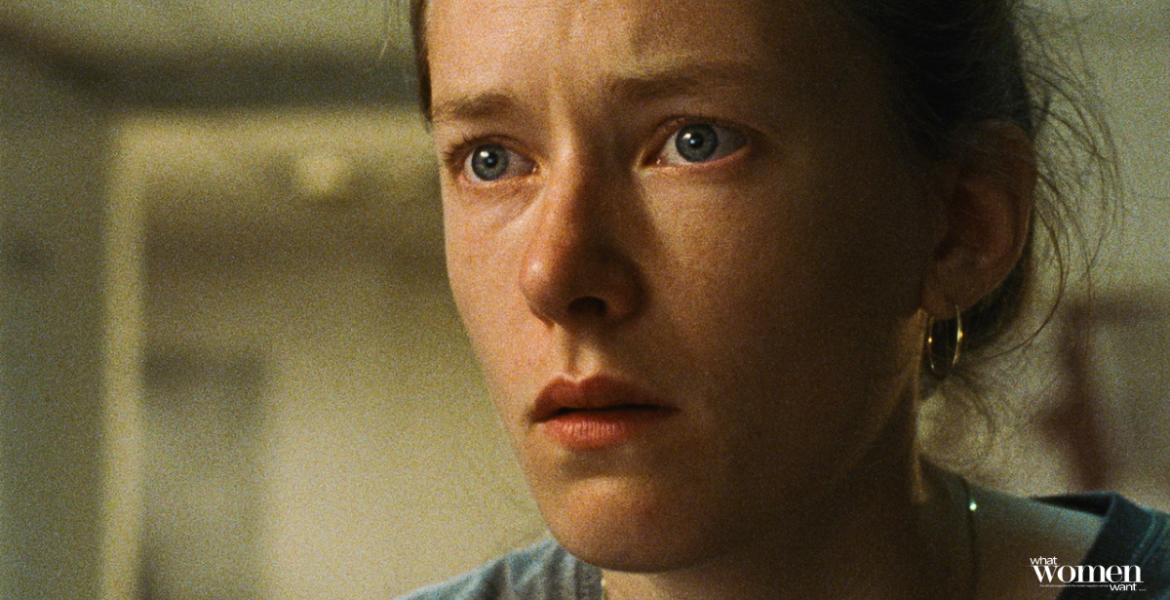‘The Red Sea Makes Me Wanna Cry’ was released on MUBI on April 20th. The film secured its place in history as the first Jordanian film to make into MUBI’s library. Also, it was the one of the two first-ever Jordanian films to premiere at the Cannes film festival. Directed by Faris Alrjoob, the film is an emotional and thought provoking short film. It explores the themes of grief, loss, and the search for solace.
The story of the film:
‘The Red Sea Makes Me Wanna Cry’ tells the story of Ida, played by Clara Schwinning, who embarks on a journey to a coastal town in Southern Jordan where her partner disappeared. She is tracing his last steps. She wants to seek closure for a longing within her that she could not let go.
Reflecting Ida’s inner turmoil and emptiness, the town, presented in the film’s prologue as ‘The City of Ghosts’. ‘The Red Sea Makes Me Wanna Cry’ subtly highlights the transformation of the town. Once planned as an industrial hub, it has turned into a purgatory for souls in transit. The town’s history is intertwined with Ida’s journey. It reflects the impact of the conflict on both the physical and emotional level.
Ida’s repressed emotions and her difficult journey to find peace despite her loss reveal the film’s poignant and relatable exploration of the psychological effects of grief and heartbreak. This journey resonates deeply with viewers who are given an intimate first-hand experience of the complex layers and complexities of excess love that has nowhere to go.
The team behind the masterpiece:
The director masterfully combines elements of romance, psychological exploration, and historical context to create a captivating cinematic experience. One of the movie’s most noteworthy qualities is its exquisite aesthetics, which masterfully evoke strong feelings. Mahmoud Belakhel, a German cinematographer from Tunisia, used 16mm film to capture the film’s visual composition. He drew inspiration from the alluring cinematic language of the mythological American West. This methodical approach successfully conjures up a powerful feeling of nostalgia, bringing viewers to a sentimental and longing-filled environment.
Alrjoob’s experimental approach to directing the film adds a unique artistic dimension to the storytelling. It showcases his keen eye for detail and a mastery of cinematic language. When combined with the evocative score by Omar Fadel, this results in a symphony of emotions that reverberates long after the film ends.

